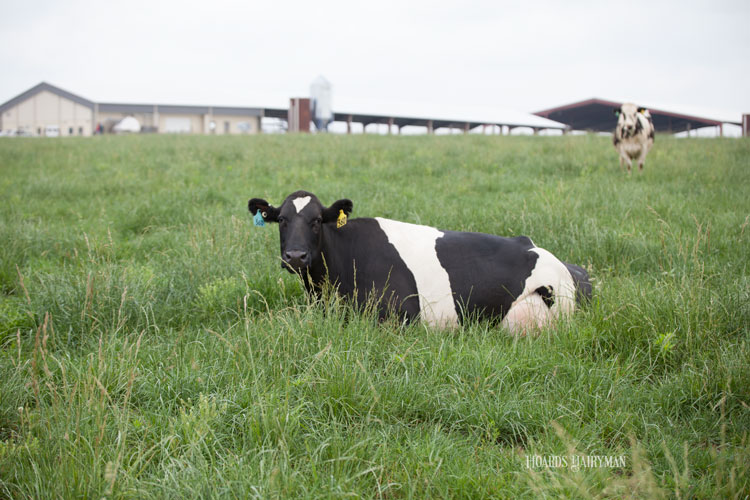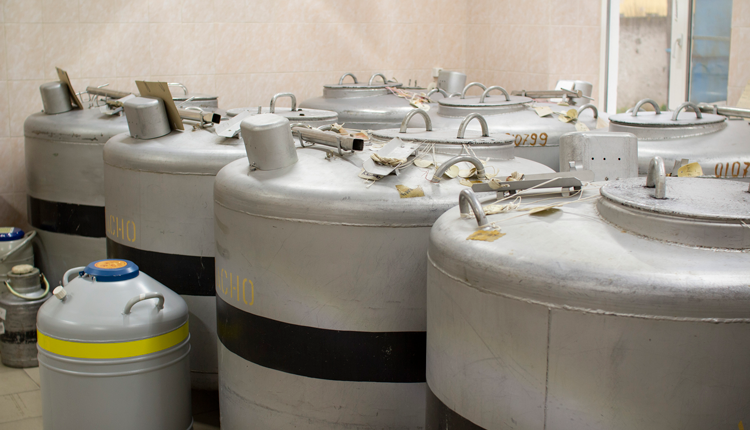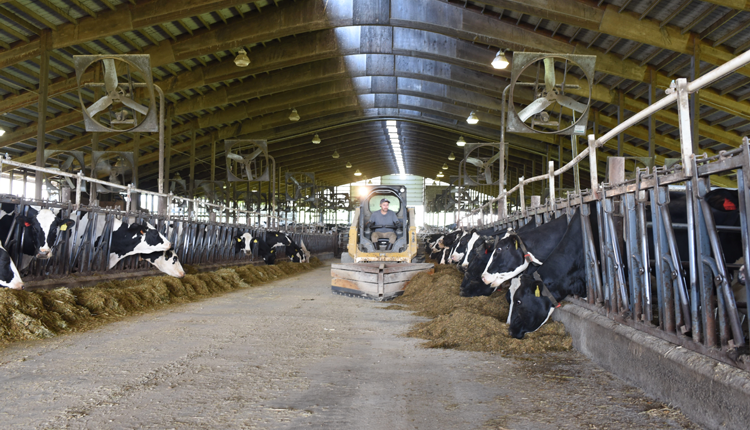
Overall, 1,600 dairy farms across the United States called it quits last year. That reduced the number of commercial dairy farms in the U.S. to 40,219. On a percentage basis, losses were the largest in the Southeast and the Midwest at 6.4 and 4.8 percent, respectively.
As dairy cow numbers climbed to a 22-year high point, dairy farm numbers reached a modern-day low of 40,219. Those diverging trend lines highlight an industry that continues to consolidate. In 1995, there were 111,825 dairy operations with permits to sell milk. With a collective national dairy herd of 9.461 million cows that year, the average herd size was 85 cows. With 40,219 herds remaining and 9.392 million cows on those farms, herd size has climbed to a record 234 cows per herd.
Nationally, average herd size has grown 217 percent from 1992 to 2017, from 74 to 234 cows. Over the past year, herd size grew from 223 cows to 234 cows, up 11 head.
In reviewing the prior year’s report, USDA added 10 herds to its 2016 estimate, raising the total from 41,809 to 41,819. In the updated data, Vermont had 10 more herds.
During the 26-year history of data from dairy farms holding permits to sell milk, the number of licensed, or so-called commercial, dairy farms has declined 91,290 from 1992’s 131,509 to 2017’s 40,219. That’s a 69 percent drop during that time.
Most herd growth in West
Regionally, the West (+329 percent) and the Midwest (+210 percent) have seen the largest percentage gains in herd size. During that time, herd sizes in the Northeast and Southwest grew at half that pace found in the Midwest.
Western herds added 40 cows per herd last year, bringing its average to 1,129. That represented stronger growth in herd size compared to the prior year’s 34 cows. This year’s 40-cow pace approached the growth that took place from 2012 to 2014 when herd sizes grew 49, 33, and 47 cows, respectively.
The Southeast loses the most herds
For the thirteenth time in the past 15 years, the Southeast had the largest share of farms calling it quits this past year. The 6.4 percent total yielded 165 fewer dairy farms. Since 1992, the Southeast has lost more operations than any other area as farms fell from 12,057 to 2,410 . . . a drop of 9,647 farms or 80 percent. Cow numbers followed suit; there are 730,000 fewer cows, a 58 percent drop.
Next was the Midwest, which lost 4.8 percent of its dairy operations. Outside of the Southeast, the Midwest has been the only other region to post the largest reduction in dairy farms. The Midwest lost the most dairies in 2011 and 2014. Overall, its 4.8 percent reduction in farm numbers was the most since 2014. Within the region, Wisconsin lost 430 dairy farms, which was the largest loss in the region. However, on a percentage basis, the Badger State bucked recent trends by being under the regional average at 4.5 percent.
The West and Northeast retained the most dairy farms on a percentage basis, with each region only falling 2.2 percent. On a total basis, however, the Northeast lost 300 farms compared to 80 in the West.
Wisconsin has 23 percent of all dairies
With 9,090 farms holding permits to sell milk, Wisconsin was home to 23 percent of the country’s dairy farms. Next on the list is Pennsylvania with 6,670 farms.
An in-depth analysis of U.S. dairy farm numbers can be found on page 143 of the March 10, 2018, issue.







